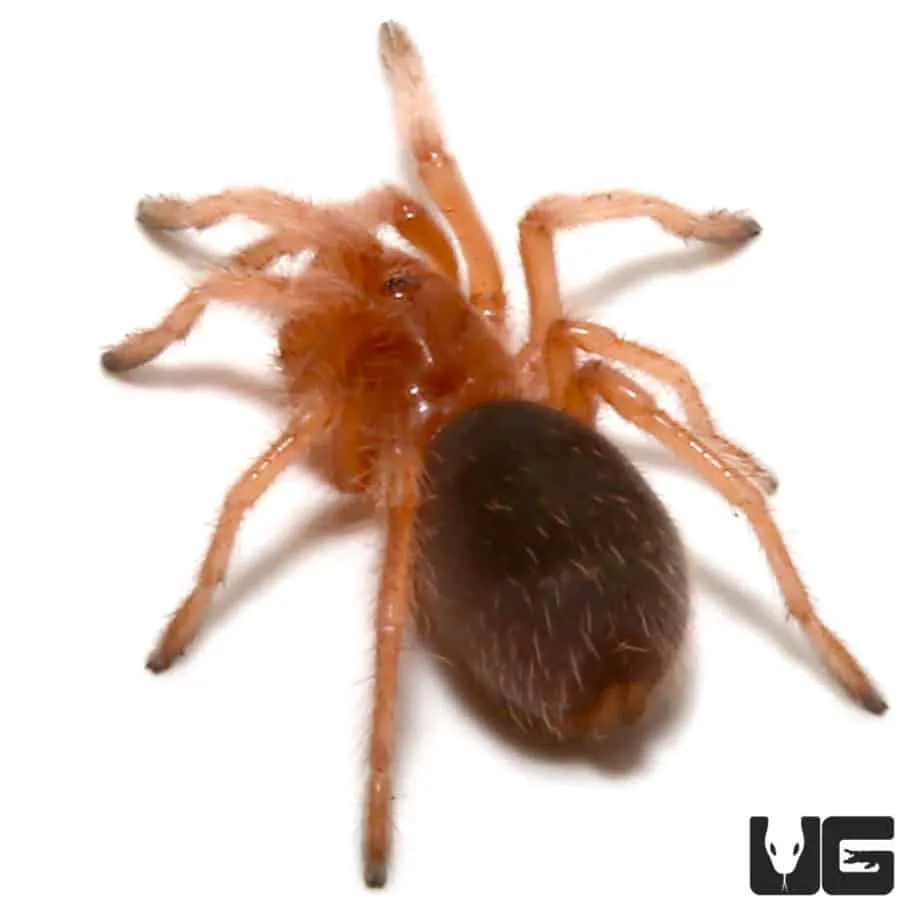What is Substrate and Why Does It Matter?
Substrate is the bedding material used in a Chilean Rose Tarantula’s enclosure, acting as its primary habitat. It’s far more than just a floor covering it’s a critical element for your tarantula’s health and well-being. The right substrate provides a comfortable environment, helps regulate humidity, and allows the tarantula to exhibit natural behaviors such as burrowing. Choosing the correct substrate is one of the most important aspects of tarantula care. A suitable substrate can make the difference between a thriving, happy tarantula and one that is stressed or unhealthy. Understanding the purpose and importance of substrate is the first step in providing optimal care for your Chilean Rose Tarantula.
Essential Functions of Substrate
The substrate serves multiple crucial functions in the tarantula’s enclosure. It helps maintain proper humidity levels, which is essential for the tarantula’s molting process and overall health. Tarantulas require a specific humidity range to thrive, and the substrate helps to absorb and release moisture, preventing the enclosure from becoming too dry or too wet. Additionally, substrate allows tarantulas to burrow and create a secure environment. This is especially important for Chilean Rose Tarantulas, as they are terrestrial species and appreciate having a place to hide and feel safe. The right substrate also facilitates waste management, as it absorbs waste products and helps keep the enclosure clean.
Regulating Humidity Levels
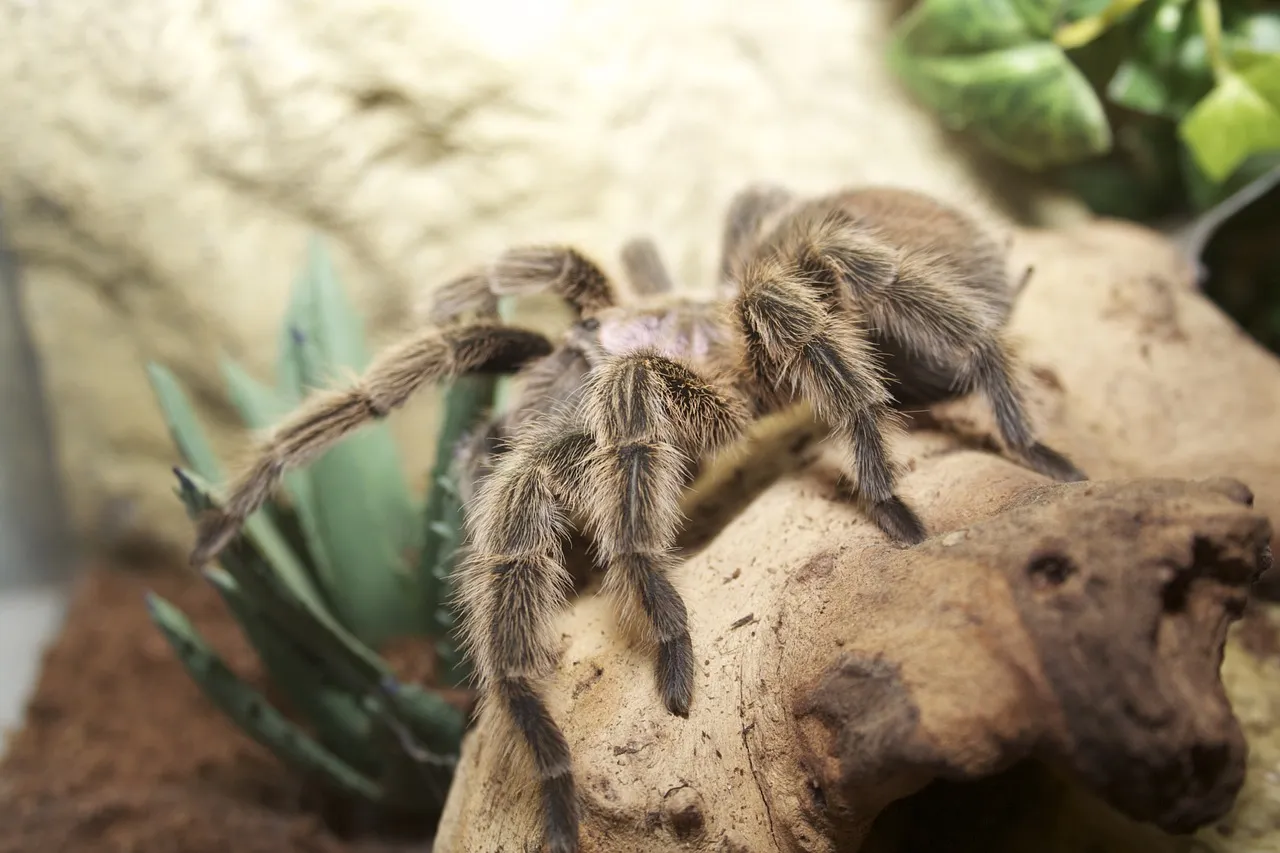
Maintaining the correct humidity is vital for your Chilean Rose Tarantula. The substrate acts as a reservoir for moisture, slowly releasing it into the enclosure. To control humidity, you can mist the substrate with dechlorinated water, taking care not to over-saturate it. Proper ventilation is also important; it prevents the build-up of excess moisture, which can lead to mold growth. Using a hygrometer is highly recommended to monitor humidity levels accurately. Aim for a humidity range of 60-70% for adult Chilean Rose Tarantulas. Adjust the misting frequency and the amount of substrate used to achieve the desired humidity level. Remember to regularly check the substrate for signs of mold or excessive moisture to maintain a healthy environment.
Providing a Comfortable Environment
A suitable substrate provides a comfortable environment where your tarantula can feel secure and exhibit its natural behaviors. Chilean Rose Tarantulas are burrowing spiders, and the substrate should allow them to dig and create tunnels. A deeper layer of substrate is generally preferred, as it gives them more space to burrow and hide. The substrate should also be free from sharp objects or chemicals that could harm your tarantula. Choosing a substrate that is easy to clean and maintain will also help ensure a healthy living space. Offering a comfortable environment helps reduce stress and promotes a happier, healthier tarantula.
Types of Substrates for Chilean Rose Tarantulas
There are several substrate options available for Chilean Rose Tarantulas, each with its own set of benefits and drawbacks. The best choice will depend on factors such as your budget, the humidity requirements of your tarantula, and your personal preferences. Common choices include coconut fiber, peat moss, and vermiculite. You can also create custom mixes by combining these materials. It’s important to research each option and understand its properties to make an informed decision. Always prioritize the safety and well-being of your tarantula when selecting and preparing the substrate.
Coconut Fiber Benefits
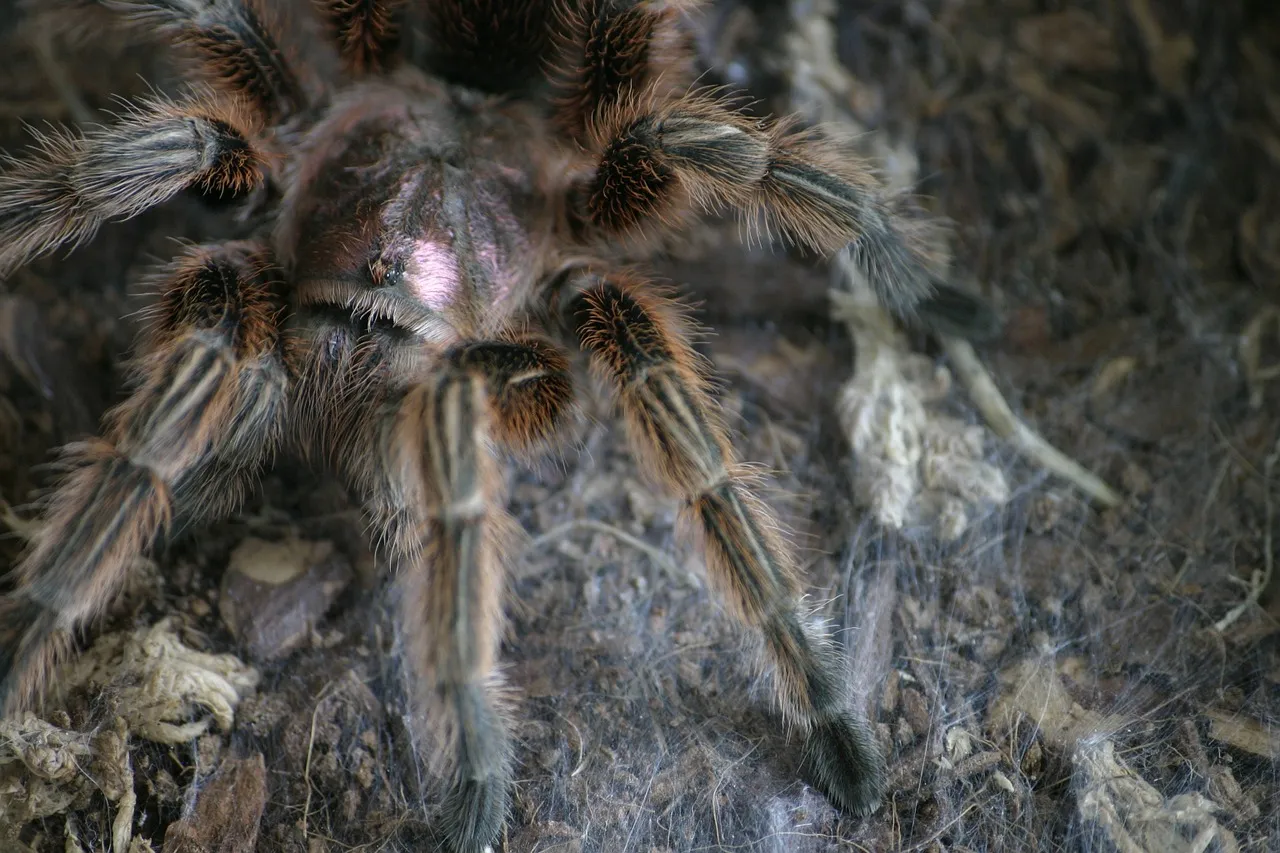
Coconut fiber, also known as coco coir, is a popular substrate choice due to its excellent water retention properties. It helps maintain humidity levels, making it ideal for Chilean Rose Tarantulas. It is a natural and sustainable option that is also resistant to mold. Coconut fiber is readily available and relatively inexpensive. It provides a comfortable and safe environment for your tarantula, allowing it to burrow and feel secure. Before use, it must be properly hydrated. It’s also very easy to clean and maintain. Coconut fiber’s ability to absorb odors is another advantage, contributing to a cleaner enclosure. This substrate is often the first choice for many tarantula keepers.
Pros and Cons
- Pros: Excellent humidity retention, natural and sustainable, mold resistant, easy to clean, and affordable.
- Cons: Can sometimes be dusty when dry, may require pre-wetting to expand fully, and can occasionally harbor unwanted pests if not properly prepared.
Peat Moss Considerations
Peat moss is another substrate option that is known for its high water-retention capabilities. It can effectively maintain humidity levels in the enclosure. It also has good burrowing properties, allowing your tarantula to create tunnels. Peat moss is relatively inexpensive and easily accessible. However, it is essential to use peat moss that is free from fertilizers or additives, as these can be harmful to your tarantula. Always ensure it’s properly moistened before use. Consider the environmental impact of peat moss, as it is a non-renewable resource. Despite the potential drawbacks, peat moss can still be a viable option when used and maintained correctly.
Pros and Cons
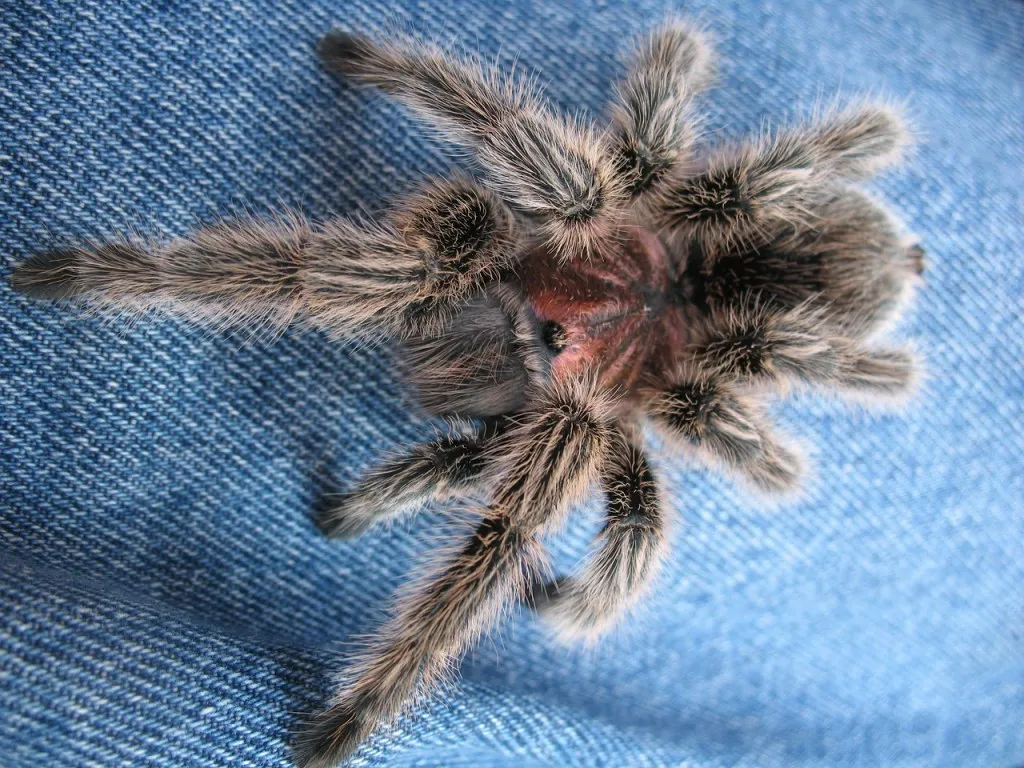
- Pros: Excellent humidity retention, good for burrowing, and affordable.
- Cons: Can be acidic, potentially harmful if containing additives, and not as environmentally friendly as some other options.
Vermiculite and Its Place
Vermiculite is a mineral substrate often used to retain moisture and provide a stable environment. It is known for its excellent water absorption and drainage properties, which help to regulate humidity levels. Vermiculite is non-toxic and inert, making it safe for your tarantula. It can also help prevent mold growth. However, vermiculite alone might not provide adequate burrowing opportunities for your tarantula. It is often used in combination with other substrates to enhance their properties. Vermiculite can be a valuable component in a substrate mix when used correctly.
Pros and Cons
- Pros: Excellent water absorption, helps prevent mold, non-toxic.
- Cons: Doesn’t allow for burrowing, can be dusty, and not ideal as a standalone substrate.
Choosing the Right Substrate Mix
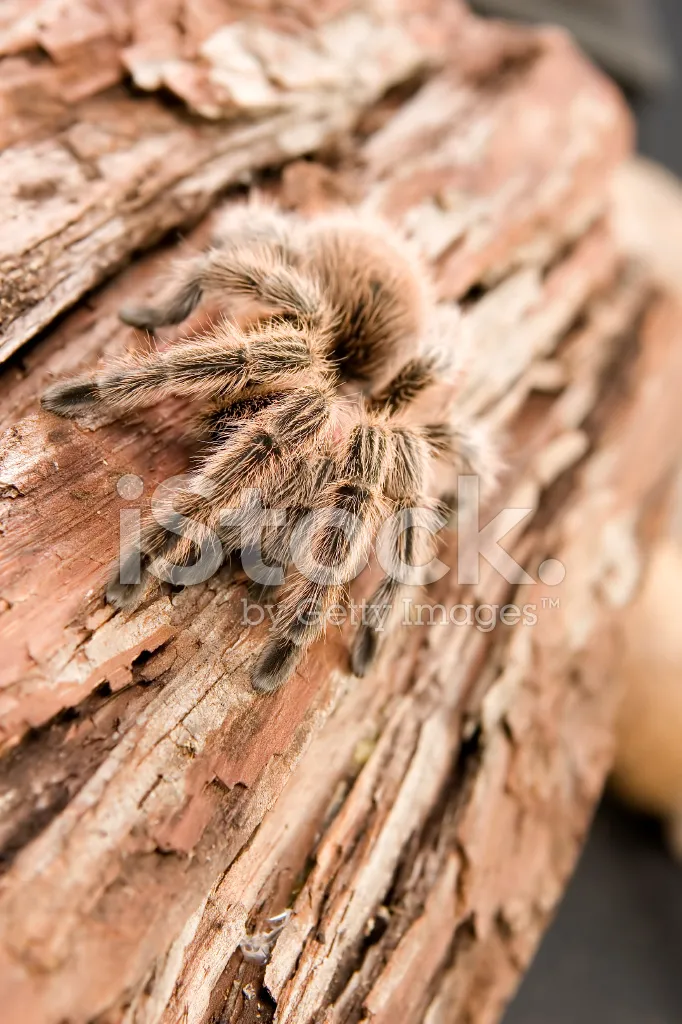
Creating a custom substrate mix allows you to combine the best features of different materials. The most common approach is to blend coconut fiber with peat moss. This mix provides excellent humidity retention, good burrowing capabilities, and a relatively neutral pH. The ratio of coconut fiber to peat moss can be adjusted to suit your specific needs and preferences. Some keepers add a small amount of vermiculite to improve moisture control and prevent compaction. Experimenting with different combinations can help you find the ideal blend for your Chilean Rose Tarantula. Always prioritize the needs of the tarantula and choose materials that are safe and non-toxic.
Mixing Coconut Fiber and Peat Moss
When mixing coconut fiber and peat moss, a common starting ratio is 60% coconut fiber and 40% peat moss. This provides a good balance of moisture retention and burrowing properties. Start by thoroughly hydrating the coconut fiber according to the manufacturer’s instructions. Then, mix the hydrated coconut fiber with the peat moss, ensuring an even distribution. You can adjust the ratio based on the humidity needs of your tarantula and the climate you live in. If you live in a drier area, you might want to increase the proportion of coconut fiber to retain more moisture. Always aim for a consistent mixture that allows your tarantula to burrow comfortably.
Creating the Perfect Blend
The perfect substrate blend is about finding the right combination of materials that meet the specific needs of your Chilean Rose Tarantula. Consider your tarantula’s size, age, and individual preferences. Experiment with different ratios of coconut fiber, peat moss, and vermiculite to find the combination that works best for you. Regularly monitor humidity levels using a hygrometer and adjust the substrate mix as needed. The substrate should be slightly damp but not soggy. The goal is to create an environment that supports healthy molting, facilitates natural behaviors, and provides a safe and comfortable habitat for your tarantula.
How to Prepare and Set Up the Substrate
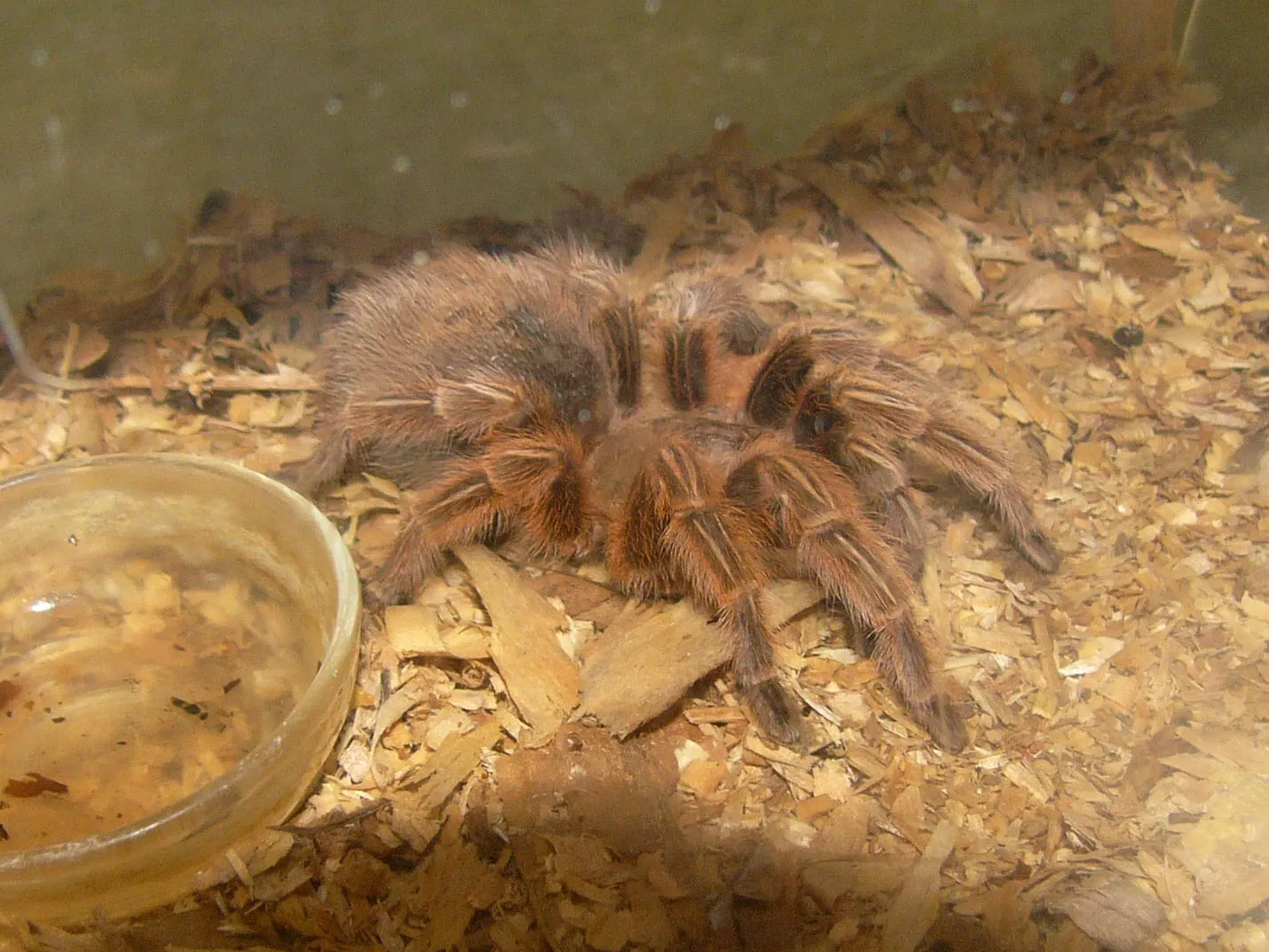
Proper preparation is crucial for setting up the substrate. Start by hydrating the chosen materials, such as coconut fiber, according to the manufacturer’s instructions. Ensure the substrate is damp but not dripping wet. Add the substrate to the enclosure, creating a depth that allows the tarantula to burrow. A depth of 2-4 inches is often sufficient for Chilean Rose Tarantulas, but this can vary based on the size of your pet. Once the substrate is in place, gently level the surface. Add any necessary decorations such as a water dish or a hide. Regularly monitor the substrate for any signs of mold or excessive dryness, and adjust the humidity levels as needed. A properly prepared substrate is essential for the health and well-being of your tarantula.
Substrate Depth and Tank Size
The depth of the substrate should be appropriate for your tarantula’s size and the dimensions of the enclosure. For a Chilean Rose Tarantula, a depth of 2-4 inches is generally recommended, allowing the tarantula to burrow and feel secure. The depth can be slightly more for larger individuals. The tank size should also be adequate to accommodate the substrate depth and provide enough space for the tarantula to move around. Ensure the enclosure is well-ventilated to prevent excessive moisture buildup. A properly sized enclosure with the appropriate substrate depth will contribute to a healthier and happier tarantula.
Maintaining the Substrate
Regular maintenance is essential to keep the substrate in good condition and maintain a healthy environment for your tarantula. Maintenance involves spot cleaning to remove waste and uneaten food and complete substrate changes when necessary. The frequency of maintenance depends on factors such as the size of the enclosure, the number of tarantulas, and the substrate type. Regular maintenance is a critical part of tarantula care, contributing to the overall health and well-being of your pet. A well-maintained substrate will help prevent health problems and make your tarantula’s enclosure a pleasant place to live.
Spot Cleaning and Full Changes

Spot cleaning should be done as needed, typically once or twice a week. Use a pair of tongs or a small scoop to remove any waste, uneaten food, or dead insects from the substrate. This helps prevent the buildup of bacteria and unpleasant odors. A full substrate change should be performed every 6-12 months, or sooner if the substrate becomes heavily soiled or starts to smell. During a complete change, remove all the old substrate, clean and disinfect the enclosure, and replace the old substrate with fresh, prepared substrate. This will help maintain a healthy and clean environment for your tarantula.
Monitoring Humidity Levels
Consistent monitoring of humidity is crucial for maintaining a healthy environment for your Chilean Rose Tarantula. Use a hygrometer to measure the humidity levels in the enclosure. The ideal humidity range is typically between 60% and 70%. If the humidity is too low, mist the substrate with dechlorinated water to increase moisture levels. If the humidity is too high, ensure adequate ventilation to allow excess moisture to escape. Regular monitoring and adjustments help ensure the proper conditions for your tarantula’s well-being. Keep an eye on the substrate’s appearance. If the substrate looks too dry or excessively wet, adjust misting and ventilation practices accordingly.
Identifying Problems and Solutions
Even with the best care, problems can arise with the substrate. Regularly inspect the substrate for signs of potential issues. Early detection and prompt action can prevent serious health problems for your tarantula. Knowing how to identify and address common issues will help keep your tarantula healthy and thriving. Monitoring for potential problems is an integral part of responsible tarantula care. By being proactive, you can ensure the well-being of your pet.
Common Issues to Watch For
Several issues can occur with the substrate, including mold growth, excessive dryness, and excessive wetness. Mold growth often indicates high humidity or poor ventilation. Dry substrate is a sign of low humidity, while excessively wet substrate can lead to fungal infections. Watch for any unusual odors, which could signal a problem. Regularly inspect the substrate and enclosure for any signs of these issues. If you observe any of these problems, take immediate action to address the situation, which might involve adjusting humidity levels, improving ventilation, or replacing the substrate.
Mold Growth
Mold growth is a serious problem that can harm your tarantula. Mold typically develops due to excessive humidity and poor ventilation. If you notice mold on the substrate, remove the affected area immediately. Improve ventilation by adding more air holes in the enclosure lid or slightly opening the lid to increase airflow. Reduce humidity levels by misting less frequently and ensuring the substrate is not overly wet. In severe cases, you may need to replace all of the substrate and thoroughly clean and disinfect the enclosure. Preventing mold growth is critical for maintaining a healthy environment for your tarantula.
Substrate Too Dry
If the substrate is too dry, your tarantula may have difficulty molting and experience dehydration. Increase humidity levels by misting the substrate with dechlorinated water. Ensure the substrate is not excessively dry, which is evident if it crumbles easily. Monitor the humidity levels using a hygrometer to ensure they are within the proper range. You might also want to increase the frequency of misting, ensuring that the water is evenly distributed throughout the substrate. Addressing dryness promptly can help prevent health problems for your tarantula and promote proper molting cycles.
Substrate Too Wet
Substrate that is excessively wet can create a breeding ground for bacteria and lead to fungal infections. If the substrate is too wet, improve ventilation by adding more air holes or opening the lid slightly to increase airflow. Reduce the frequency of misting and ensure the substrate has a chance to dry out between mistings. If the substrate remains excessively wet, you may need to replace it with fresh, dry substrate. Monitoring the substrate’s moisture levels and ensuring the correct humidity is essential for the health and well-being of your tarantula. Proper moisture management will help prevent health issues and maintain a comfortable environment.
